“Dioxin” is an umbrella term for a group of about 75 toxic chemicals that share certain chemical structures and biological properties. The dioxin family includes chlorinated dibenzo-p-dioxins (CDDs), chlorinated dibenzofurans (CDFs), and certain polychlorinated biphenyls (PCBs). The term dioxin is also sometimes used to refer to one specific dioxin, 2,3,7,8-tetrachlorodibenzene-p-dioxin (TCDD).
Why Are Dioxins Dangerous?
Research has shown that exposure to dioxins may pose a serious health threat: they are known cancer-causing substances (carcinogens). In fact, TCDD is the most potent animal carcinogen ever studied, and has been linked to cancer in humans. For example, studies have found that workers exposed over long periods of time to high levels of dioxins at the workplace have an increased risk of cancer. In addition, some studies have suggested that dioxin promotes soft-tissue sarcomas (cancers of the fat and muscle) and lung cancer.
Though the toxicity of dioxins is not as high as tobacco smoke, some researchers estimate that its potency may be comparable to that of radon or second-hand smoke. Dioxins have a strong affinity for receptors in the nuclei of animal and human cells, where they can do serious damage to the cells’ DNA. This damage can lead to cancer as well as adverse reproductive and developmental effects, birth defects, diabetes, immune system abnormalities, and endometriosis.
Where Do Dioxins Come From?
Dioxins are released into the air from combustion processes, such as waste incineration, and from burning fuels, such as wood, coal, or oil. They can also be produced during forest fires, chlorine bleaching of pulp and paper, the burning of household trash, and certain types of chemical manufacturing and processing.
After dioxin enters the air, people can breathe in the particles. Even worse, dioxin particles can fall into rivers and other bodies of water, where fish can ingest them. Likewise, dioxin can settle on grazing land, where it’s ingested by cattle. The dioxin particles then accumulate in the fat tissue of these animals. As a result, over 90 percent of human exposure to dioxin comes from the foods we eat, particularly meat, fish, poultry, cheese, milk, butter, and other foods with animal fat.
How to Minimize Your Exposure to Dioxin?
Most of the population has low-level exposure to dioxins. (Significantly greater exposures occur from food-contamination incidents, workplace exposures, and industrial accidents.) To keep everyday exposure to an absolute minimum, avoid foods high in animal fat, because dioxin resides in fat tissue. This means choosing leaner cuts of meat or poultry; trimming the fat and skin from meat, poultry, and fish; buying fat-free, low-fat, or skim versions of dairy products; and using egg whites or egg substitutes instead of whole eggs.
Over the past decade, the U.S. Environmental Protection Agency (EPA) has worked with industries that produce dioxins to dramatically reduce emissions. By 2002, dioxin emissions from municipal and medical waste incinerators and pulp and paper facilities will have been reduced 95 percent. That’s the good news. The bad news is that dioxins are extremely persistent compounds, breaking down so slowly that they remain in the soil—and in our bodies—for many years. As a result, the benefits of reducing dioxin levels can take several years to realize.
